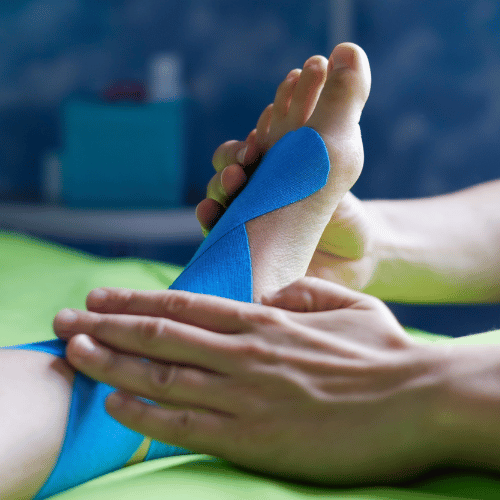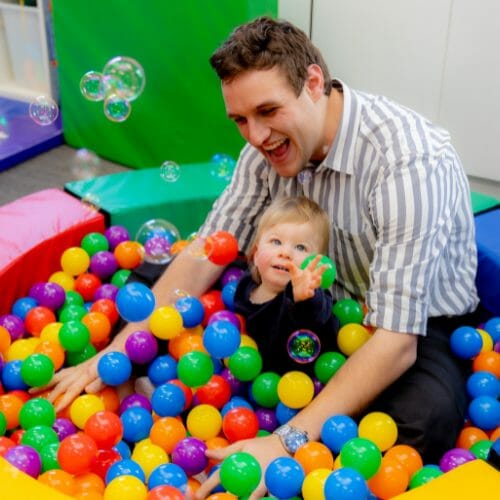Sports and Musculoskeletal Conditions
At Therapies for Kids, we see many children who have musculoskeletal injuries. Some of these are acquired childhood musculoskeletal conditions whereas others are sport related. These injuries and conditions can be painful and prevent children from participating in sport and school activities.
Our physiotherapists will provide a thorough physical assessment of your child’s main concerns to assess issues such as walking, running, balance, coordination, motor planning and strength. After the assessment we discuss your child’s outcomes of their assessment, and provide exercises and activities to help your child heal and recover fully. A treatment plan and goals are created in conjunction with you and your child, which encourages home-based exercises that will support your child to achieve their goals.


Hypermobility
Generalised joint hypermobility is where multiple joints in the body are affected. Most children and adolescents with flexible joints do not have any adverse symptoms, but some individuals may need to take extra care to protect their joints from injury. People with flexible joints are also more likely to have injuries such as strains and sprains during sports. Some people with joint hypermobility can develop recurring pain in multiple joints, pain in muscles, or fatigue. Pain can limit their ability to participate in daily activities like school or doing sport and physical activity.
On-going joint pain, injury or fatigue should be reviewed by a physiotherapist. Children with joint hypermobility may need to complete strength based activities to improve their muscle control and posture. Activity suggestions and advice on limiting fatigue should be discussed with a physiotherapist.
SUFEs
A slipped upper femoral epiphysis (SUFE) is a condition which typically occurs during rapid growth in puberty between the ages of 8 and 15. The child usually complains of knee pain or hip pain and can often present with a limp. As it becomes more severe the slip can result in a shortened leg and with a twist outwards. Treatment often involves surgery to secure the head of the femur in a good position. Weight bearing on the affected leg is not allowed until the hip has fully healed. After surgery, physiotherapy is recommended to help regain mobility, strength and confidence through the affected side.
Perthes
This is a condition which affects one or both hips in a growing child. It typically occurs between the ages of 4 and 10 years old and is more common in boys than girls. Limping is the most common symptom and becomes more persistent and pain may develop. Children will commonly complain of groin or knee pain and not pain in the hip. If your child has perthes, they will need to have regular reviews with an orthopaedic surgeon through the duration of the disease. Surgery is not frequently performed and Perthes can be actively managed with modification to activity and encouragement of pain free movement.
Back Pain
Some children and adolescents acquire specific conditions of the spine as they grow and develop. Common spinal conditions are idiopathic scoliosis (curving of the spine), spondylolisthesis (slipping of the bone in the lowest part of the spine) and Scheuermann’s kyphosis (rounding of the upper spine).
Physiotherapy is advised for these spinal conditions to improve range of movement and posture, to provide advice on activities and to strengthen weakened muscles.
Our Services
Intensive Therapy Programs
Intensive Therapy Programs
Physiotherapy
Physiotherapy
Occupational Therapy
Occupational Therapy
Speech Language Pathology
Speech Language Pathology
Exercise Physiology
Exercise Physiology
DMI Therapy
DMI Therapy
Suiting
Suiting
Telehealth
Telehealth
New to Therapies For Kids? Start your journey
Talk to our team now
Request a call back
We are here to help









